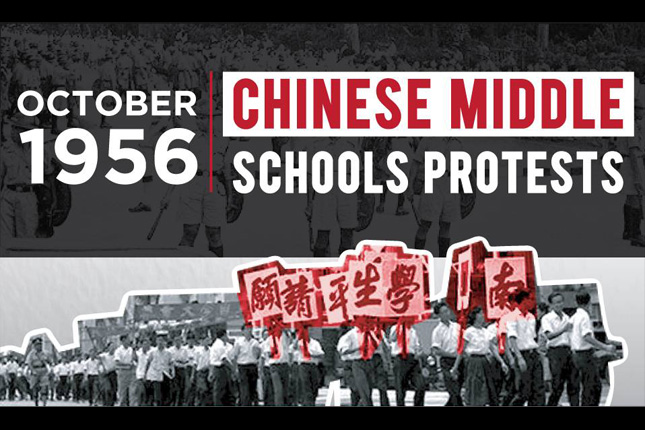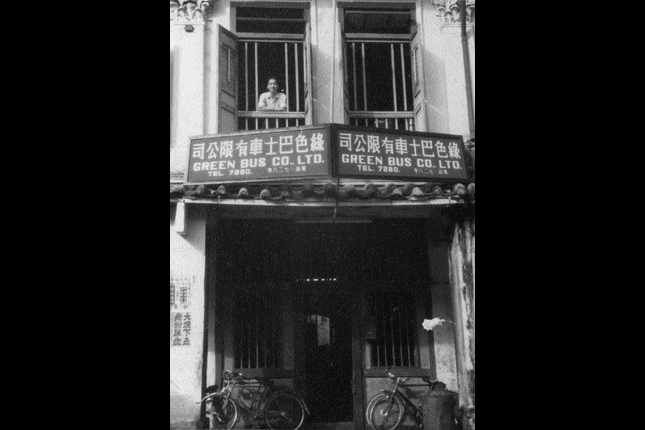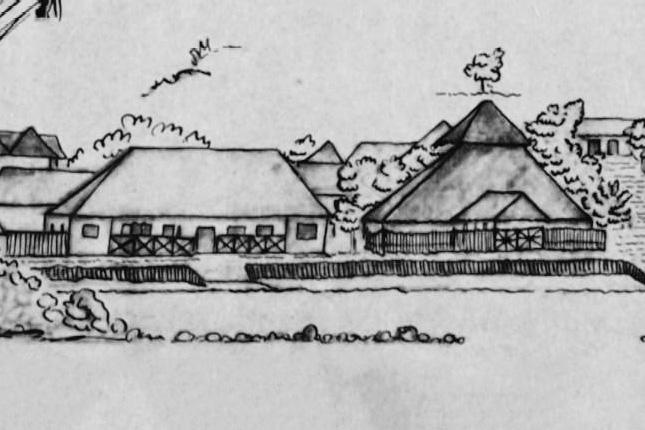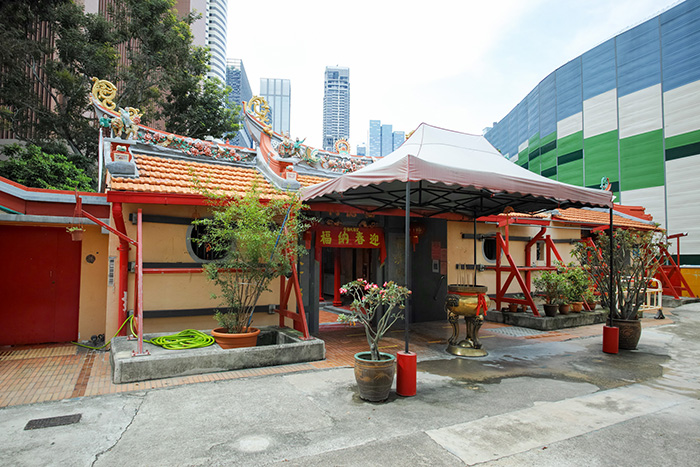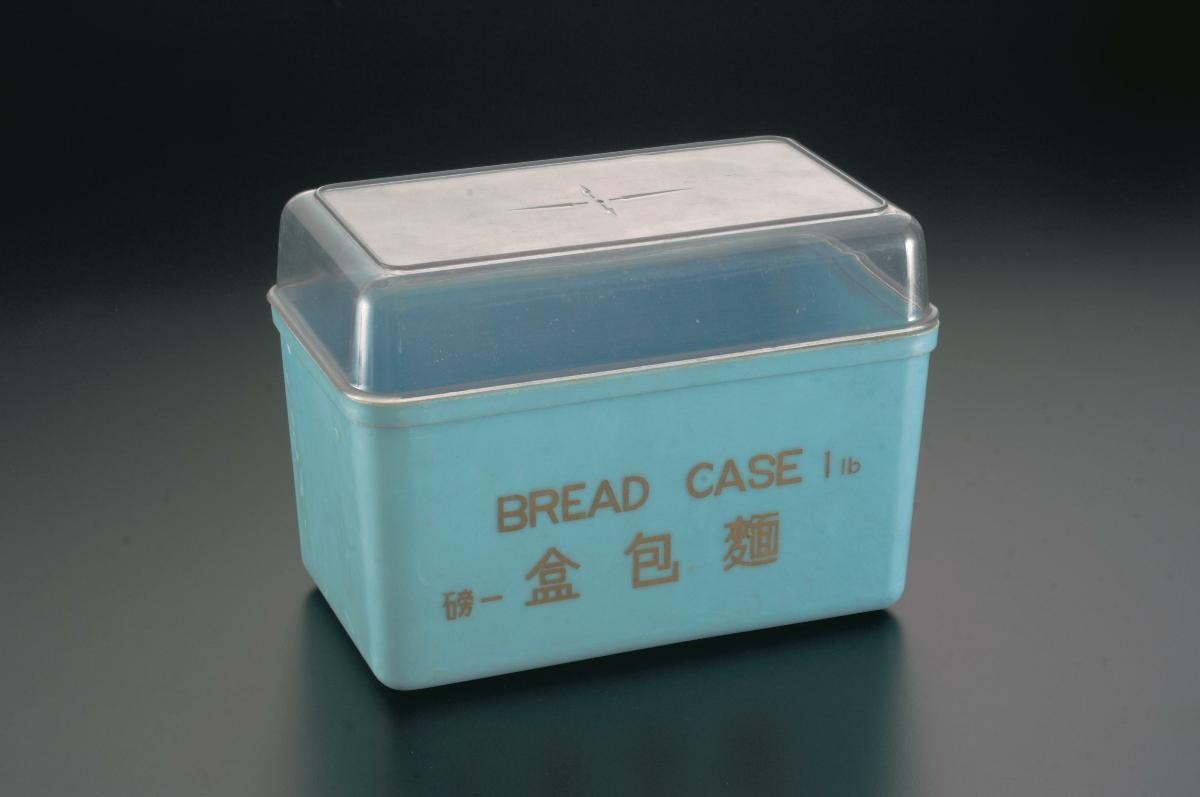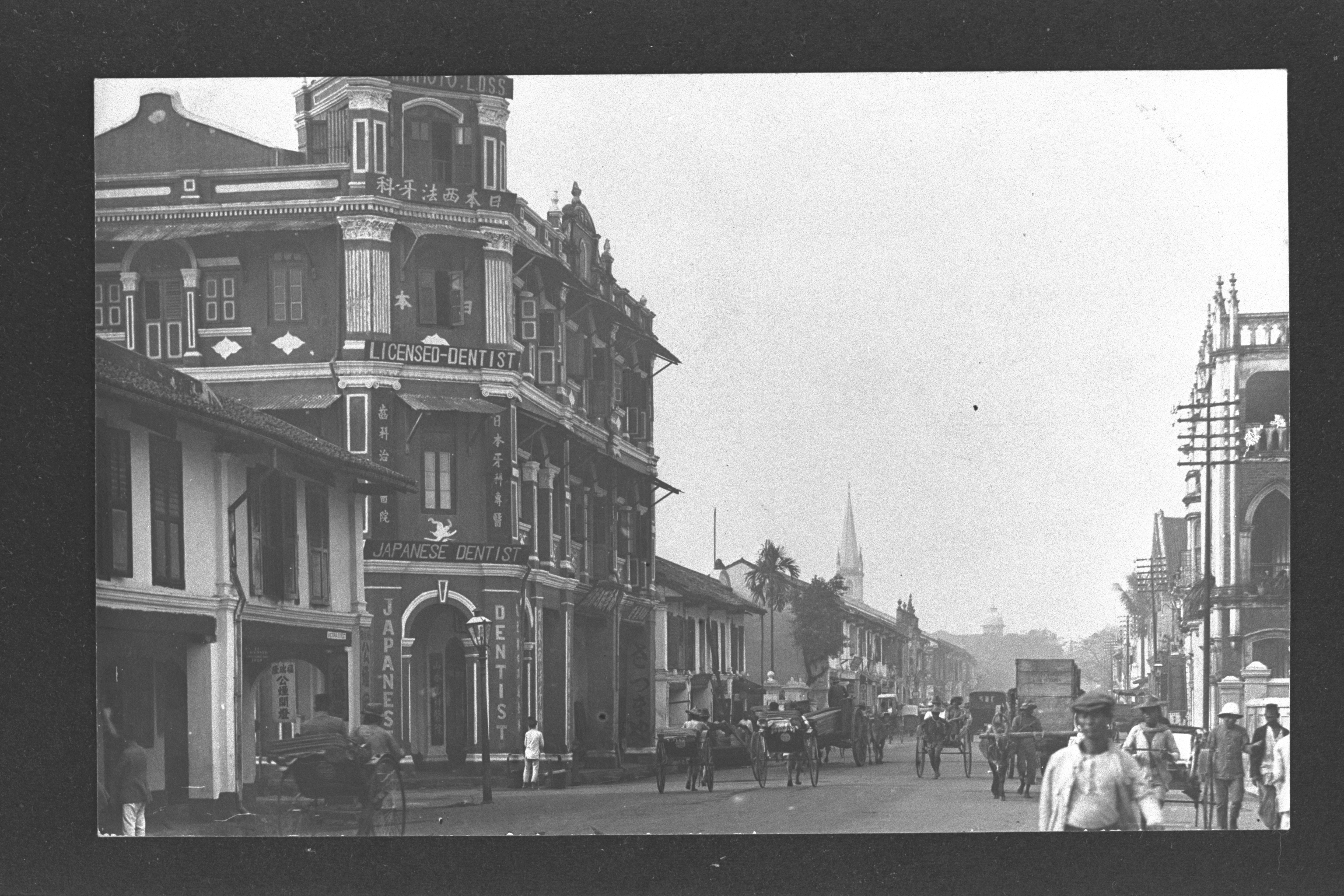 Drivers of the Hock Lee Bus Company all wore badges like these to work. (c1950s. Image from National Museum of Singapore)
Drivers of the Hock Lee Bus Company all wore badges like these to work. (c1950s. Image from National Museum of Singapore)
A brewing conflict
In a bid to improve labour and employment terms, left-wing trade unions began rallying workers to demand change from their employers in 1955. Tactics they suggested tended to be militant in nature.1
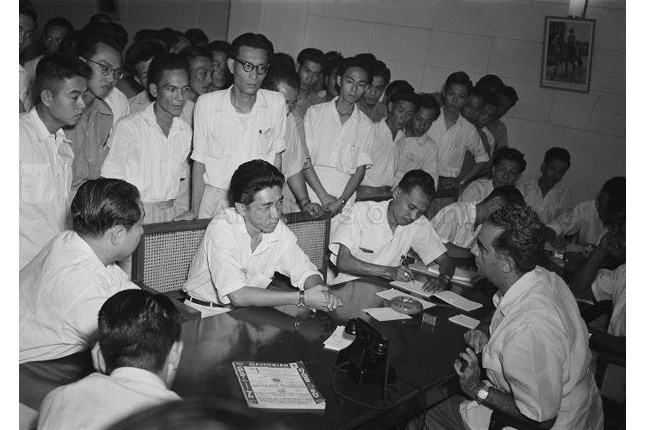 Chief Minister David Marshall speaking with Fong Swee Suan, the secretary of SBWU, who was under emergency detention for his involvement in the bus riots. (c1955. Image from the National Archives of Singapore)
Chief Minister David Marshall speaking with Fong Swee Suan, the secretary of SBWU, who was under emergency detention for his involvement in the bus riots. (c1955. Image from the National Archives of Singapore)
Among the groups insisting on change was the Singapore Bus Workers’ Union (SBWU). Under trade unionist Fong Swee Suan, the SBWU had by February that year garnered the support of 250 drivers from the Hock Lee Amalgamated Bus Company.2 The bus company’s response was to dismiss two branch officials under its employ.
Complicating matters was the establishment of a new group called the Hock Lee Bus Employees’ Union which the SBWU suspected had been initiated by the company itself. The new union comprised spare drivers who were paid a retainer fee of $2 a day.3
When 100 Hock Lee ground staff took a day off on 24 March to attend an SBWU meeting, the company viewed it as a mass resignation. It then dispatched workers from the Hock Lee Bus Employees’ Union to take over their duties.
On 24 April 1955, dissatisfaction with the company reached a tipping point when 229 workers, all SBWU members, were dismissed at one go.4 Over the next two days, the unhappy drivers picketed the company’s Alexandra Road bus depot and stopped buses from plying the roads, urging drivers to join them in their cause.5
A failed negotiation
Then Chief Minister David Marshall attempted to mitigate between SBWU and the Hock Lee Bus Company. The workers initially agreed to go back to work, but Fong Swee Swan, the union secretary, backed out of the agreement.6
With negotiations failing, strikes continued. On 11 May 1955, the police used high-pressure water jets to break up the angry mob.7
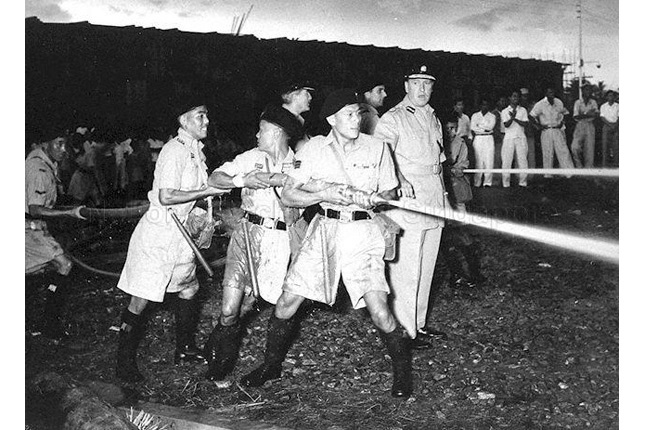 Riot police using high-powered water jets to disperse the rioters. (c1955. Image from National Archives of Singapore)
Riot police using high-powered water jets to disperse the rioters. (c1955. Image from National Archives of Singapore)
A day marked by violence
The situation intensified and climaxed on 12 May. When police deployed water hoses on rioting workers and Chinese students8, who also had grievances with the government and sympathised with the workers, they hit back with bricks and stones.
The day of violence ended with four people dead and 31 injured.9 Among the casualties was a 16-year-old student by the name of Chong Lon Chong who had been shot in the commotion and paraded around by protestors as an example of police brutality, delaying potentially life-saving treatment, and a volunteer constable who had been attacked with a garden hoe.10
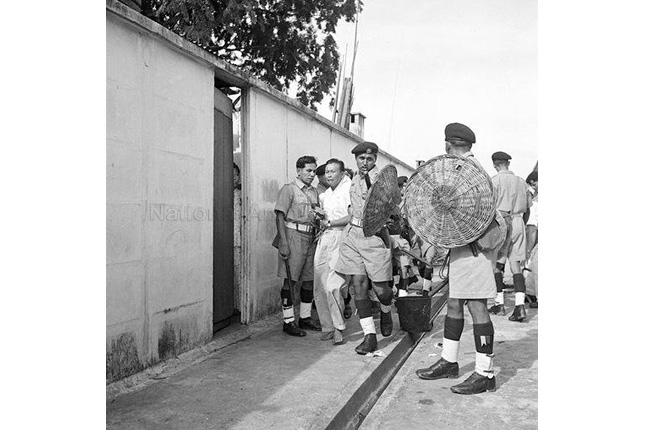 Numerous protestors were detained by the police for their involvement in the riots. (c1955. Image from the National Archives of Singapore
Numerous protestors were detained by the police for their involvement in the riots. (c1955. Image from the National Archives of Singapore
The riot subsided in the early hours of 13 May. Working fast, the government closed three Chinese middle schools – the Chinese High School, Chung Cheng High School and its branch school – later in the day.
On 14 May, an agreement was reached between the bus company, SBWU and the Hock Lee Bus Employees’ Union. SBWU’s terms included the appointment of an arbitrator as well as the dissolution of the Hock Lee Bus Employees’ Union. The arbitrator eventually ruled in favour of SBWU and 85 of the Hock Lee Bus Employees’ Union’s 170 workers were dismissed.11
 Artist’s Lim Hak Tai’s Riot was inspired by events such as the Fort Canning Hill Student Riot of 1954 and the Hock Lee Bus Riots the following year. (Image from the National Museum of Singapore)
Artist’s Lim Hak Tai’s Riot was inspired by events such as the Fort Canning Hill Student Riot of 1954 and the Hock Lee Bus Riots the following year. (Image from the National Museum of Singapore)











